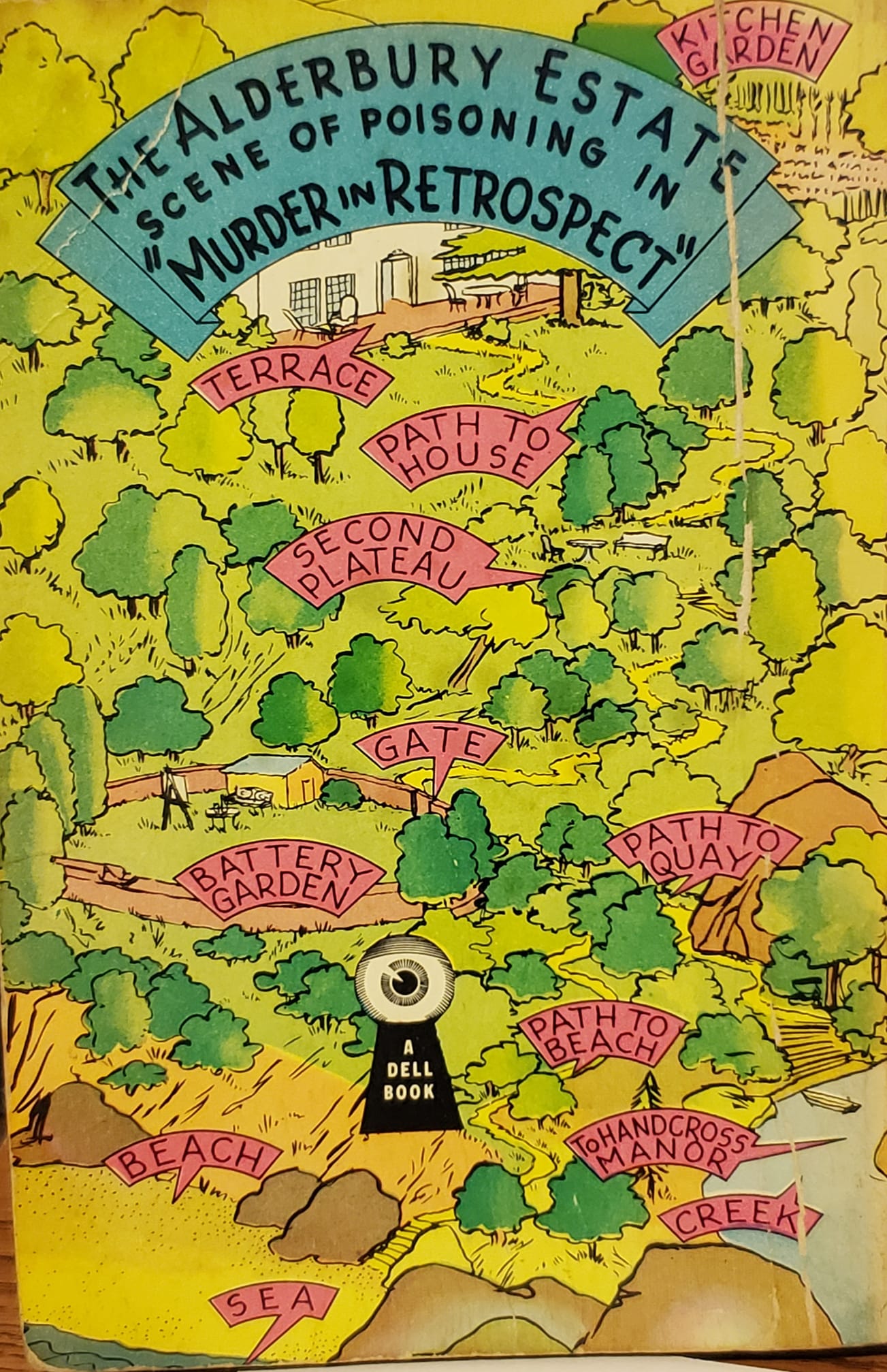

When the OBE was bestowed on Hickson in June 1987 Queen Elizabeth II was reported to have said 'You play the part just as one envisages it'. Hickson played the role in all 12 adaptations of the novels produced from 1984 to 1992, and received two BAFTA nominations for Best TV Actress, in 19. The BBC began filming the Miss Marple stories in the mid 1980s, and set out to remain faithful to the plotlines and locales of Agatha Christie's stories, and to represent Miss Marple as written. Some edge wear and chipping to top and bottom of jacket and spine, spine very slightly faded, some browning, soiling and spotting to page block, rear flap torn, not price clipped (£9.95), no personal inscriptions, internally tight, overall a reasonable copy for its age and ex library. Ex library with usual stamps, defects and library mess, in brown vinyl library binding. The first television tie in edition, with the incomparable Joan Hickson (1906-98), on front cover, as Miss Marple. First collected edition, first impression. BBC jacket photo by John Green (illustrator). and the ones that hate you behind your back.Hardcover.

Sound familiar? As Brian Kenny says in Queer as Folk : "There's only two kinds of straight people in this world: The ones that hate you to your face. He is the outsider peering in, his difference creating his ability to detect the hypocrisies found in the underbelly of a society that never quite accepts him. Poirot mixes with English society but, not part of it, he need not accept its values: he will always be "other," sneered at behind his back.

He stands out by his manner, dress, and famous mustache. Hercule Poirot's detachment is greater: He is a foreigner evacuated during the Great War to Britain as a refugee. Her spinsterhood makes her an addition to any social gathering, not its center. However, her two most famous detectives are far from British detective fiction's epitype of the amateur gentleman.īy her age, Miss Marple is an oddity. Heteronormative hypocrisy is prodded as chaos comes from order.

Beneath the veneer, these archetypes have affairs, lead lives subject to blackmail, and so on. Her characters are predominantly of her own class. More progressive, Gladys Mitchell's work includes themes of repressed desires and transgenderism. Even the devout Sayers explored extramarital partnerships and lesbianism. Golden Age detective fiction was not inherently traditionalist.


 0 kommentar(er)
0 kommentar(er)
